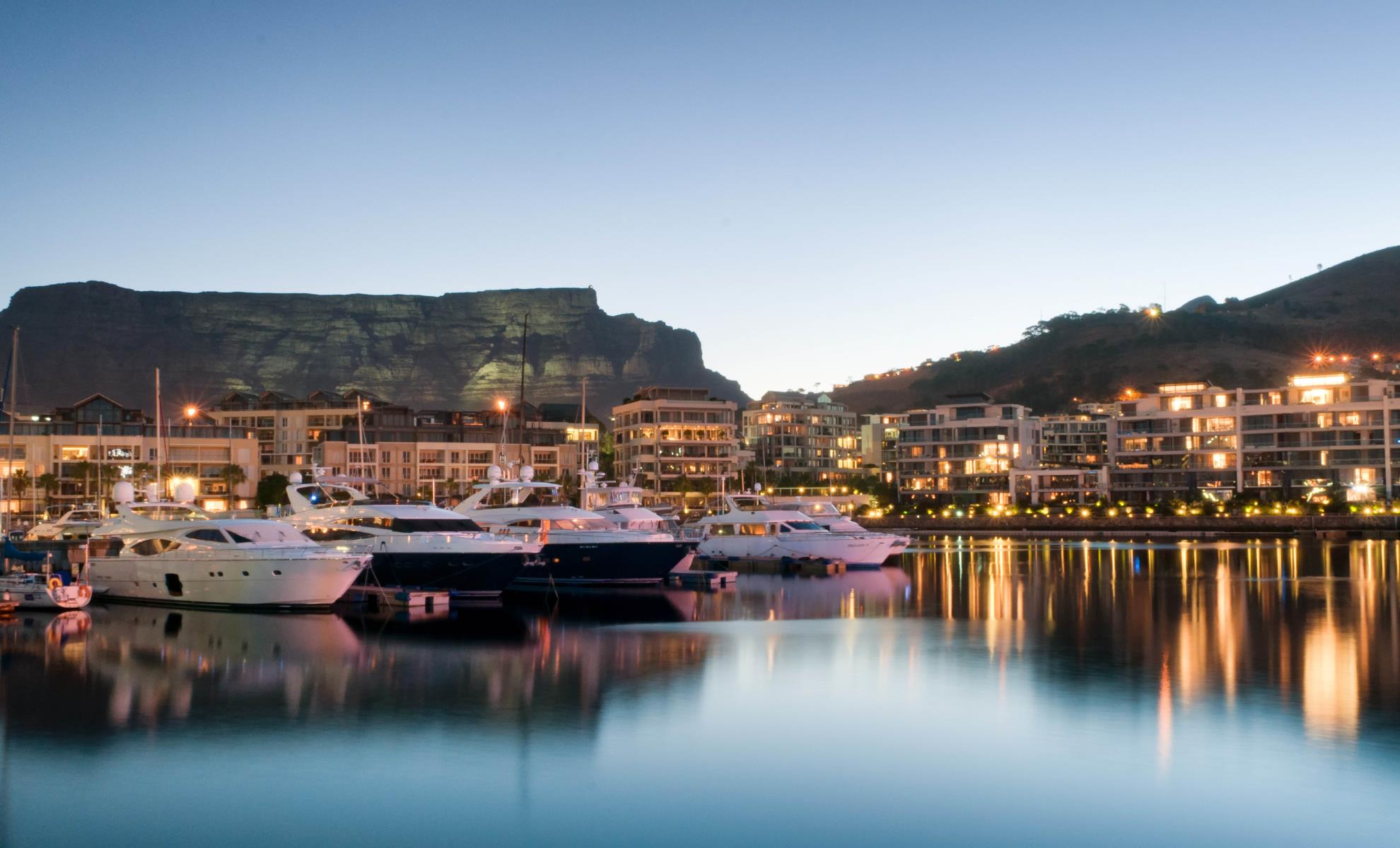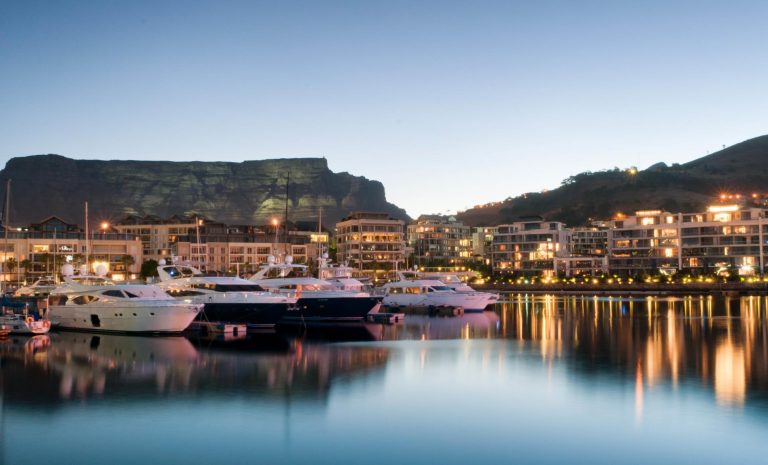

V&A
Waterfront
The V&A Waterfront is a central part of the city of Cape Town. In 1654, two years after his arrival in this relatively safe bay at the foot of Table Mountain, Jan van Riebeek built a small jetty as part of his task to establish a refreshment station at the Cape. Fresh water and fresh produce were provided to the ships of the Dutch East India company on their arduous and lengthy journey to their outposts in Java and Batavia. The sea and the harbour lie at the heart of Cape Town’s history.
V&A
Waterfront
Today, the V&A Waterfront is one of Africa’s most popular mixed-use destinations.
The V&A Waterfront is a central part of the very beginning of the settlement of the city of Cape Town. In 1654, two years after his arrival in this relatively safe bay at the foot of Table Mountain, Jan van Riebeek built a small jetty as part of his task to establish a refreshment station at the Cape. Fresh water and fresh produce were provided to the ships of the Dutch East India company on their arduous and lengthy journey to their outposts in Java and Batavia. The sea and the harbour lie at the heart of Cape Town’s history.
In June 1858 serious winter storms, which were a common occurrence, wrecked over 30 vessels. As a consequence, Lloyds of London refused to cover ships spending the winter in Table Bay. On a sunny day on September 17, 1860 Midshipman HRH Prince Alfred, Queen Victoria’s second son, tipped the first load of stone to start construction of the breakwater for Cape Town’s first harbour to make it a safe haven all year round for passing ships.
Harbour expansion and reclamation
The discovery of gold and diamonds in South Africa meant that the first section of harbour, the Alfred Basin, was not large enough to accommodate the increased number of ships, and the Victoria Basin was built. The construction of these two harbour basins took place between 1860 and 1920, and this area of the harbour still has an array of outstanding heritage buildings from this era.
In 1938 work was started to reclaim land between the city centre and the harbour, most notably the new Duncan Dock. The Foreshore (230 hectares) made city expansion possible. In the early 20th century, South Africa depended mainly on imports for many basic articles in daily use, which explains the importance of the harbour to the people who lived here.
The V&A Waterfront today
In November 1988, Victoria and Alfred Waterfront (Pty) Ltd was established as a wholly-owned subsidiary by Transnet Ltd. Its aim was to redevelop the historic docklands around the Victoria and Alfred Basins as a mixed-use area with a focus on retail, tourism and residential development with a working harbour centred around the fishing industry at its centre.